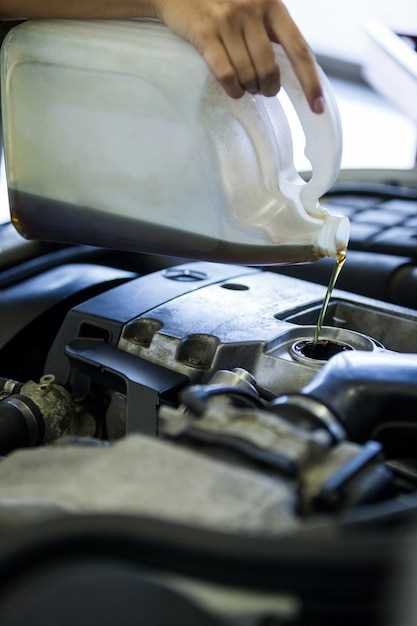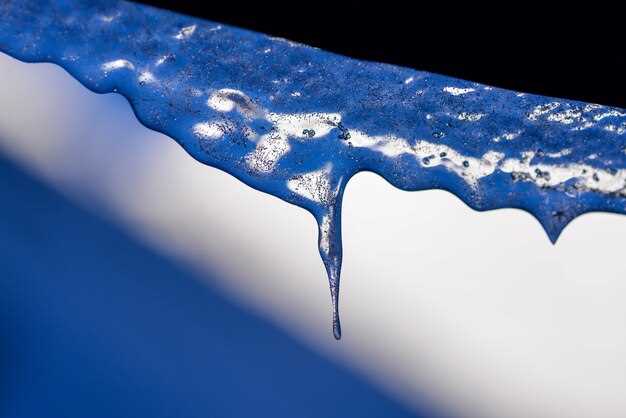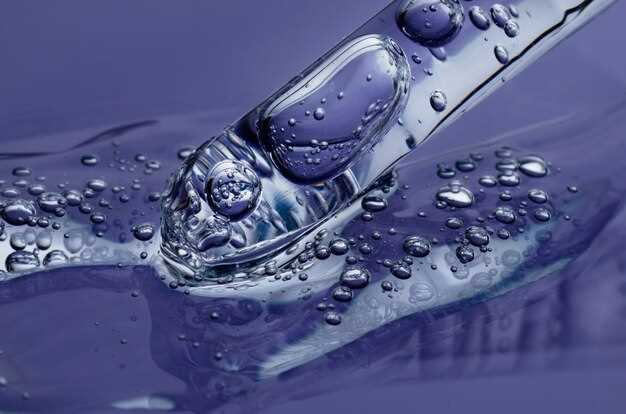
In modern machinery and automotive engineering, coolant systems play a crucial role in maintaining optimal operating temperatures. These systems are designed to circulate coolant fluid throughout engines and other components, absorbing excess heat generated during operation. Effective coolant circulation not only ensures peak performance but also significantly extends the lifespan of the equipment.
Overheating can lead to catastrophic failures, resulting in costly repairs and downtime. Therefore, understanding overheating prevention techniques is essential for both engineers and operators. Proper maintenance of coolant levels, regular inspection of hoses and radiators, and the use of high-quality coolant fluid are fundamental practices that help mitigate overheating risks. Furthermore, advancements in coolant technology have led to more efficient systems that enhance performance while reducing the likelihood of overheating.
This article delves into the intricacies of coolant systems, their components, and various techniques to prevent overheating. By exploring these topics, we aim to equip readers with the knowledge needed to implement effective cooling strategies in their machinery and vehicles, ensuring reliability and efficiency in operations.
Choosing the Right Coolant for Your Application

Selecting the appropriate coolant is crucial for ensuring optimal performance and longevity of machinery and engines. Various factors need to be taken into account to make an informed decision.
Firstly, consider the operating temperature range of your system. Different coolants have varying boiling and freezing points, which can significantly affect their efficiency. For high-temperature applications, opt for coolants with higher boiling points to prevent vaporization and maintain effective heat transfer.
Next, assess the chemical compatibility of the coolant with the materials used in your system. Some coolants can cause corrosion or degradation of seals, gaskets, and even metal components. Always consult manufacturer guidelines or perform compatibility tests to avoid potential damage.
The specific application and its requirements also play a vital role. For automotive engines, ethylene glycol-based coolants are commonly used due to their excellent thermal properties and anti-corrosive additives. In contrast, industrial cooling systems may benefit from water-based coolants that offer better heat transfer capabilities.
Additionally, consider the environmental impact of the coolant. Many industries are now shifting towards biodegradable or less toxic alternatives to minimize harm to the ecosystem. Assess regulations and standards relevant to your operation to ensure compliance while making a sustainable choice.
Lastly, evaluate the maintenance needs associated with different coolants. Some coolants require frequent replacement and monitoring, while others provide longer service intervals. Choosing a coolant that aligns with your maintenance capabilities can help reduce downtime and operational costs.
In summary, the right coolant is essential for the efficient functioning of any cooling system. Understanding temperature requirements, chemical compatibility, application specifics, environmental considerations, and maintenance needs will guide you in selecting the most suitable coolant for your needs.
Regular Maintenance Practices for Optimizing Cooling Systems
Regular maintenance of cooling systems is essential to prevent overheating and ensure optimal performance. One of the primary practices involves checking the coolant levels frequently. Maintaining the correct level of coolant prevents air from entering the system and guarantees efficient heat transfer.
Another critical practice is inspecting the coolant for contamination. Oil, rust, or debris can hinder the system’s ability to cool effectively. Flushing the cooling system periodically will remove these contaminants and enhance its efficiency.
Ensuring that the radiator and condenser are clean is vital for optimal heat dissipation. Dust and debris can obstruct airflow, leading to overheating. Regularly cleaning these components helps maintain proper airflow and cooling efficiency.
Examine hoses and connections for leaks or wear. Damaged hoses can lead to coolant loss, resulting in overheating. Replacing worn-out hoses immediately will help maintain system integrity and functionality.
Another important maintenance practice is to test the thermostat. A malfunctioning thermostat can cause the engine to overheat by failing to regulate the flow of coolant. Regular testing ensures that it operates correctly, preventing potential overheating issues.
Lastly, check the water pump, as it plays a crucial role in circulating coolant throughout the system. Inspecting for leaks or unusual noises can identify issues early, avoiding catastrophic failures due to overheating.
By following these regular maintenance practices, cooling systems can operate efficiently, significantly reducing the risk of overheating and extending the lifespan of the engine and related components.
Signs of Overheating and Immediate Actions to Take

Overheating can cause significant damage to a vehicle’s engine and other components. It is crucial to recognize the signs early and act promptly to prevent further issues. Here are common signs of overheating:
- Temperature Gauge: A rising temperature gauge on your dashboard is the first indication of potential overheating.
- Coolant Warning Light: If the coolant warning light illuminates, it signifies an issue with the cooling system.
- Steam: Visible steam coming from the engine area indicates that the engine is excessively hot.
- Unusual Noises: Knocking or hissing sounds can signify that the engine is experiencing overheating problems.
- Loss of Power: A sudden decrease in engine performance can be a result of overheating.
- Burning Smell: A sweet or burning smell can indicate that coolant is leaking or burning due to high temperatures.
Upon noticing any of these symptoms, take immediate action to prevent engine damage:
- Pull Over Safely: Find a safe location to pull over and turn off the engine.
- Avoid Opening the Hood Immediately: Allow the engine to cool down for at least 30 minutes before inspecting it.
- Check Coolant Level: Once cool, check the coolant reservoir level. If it’s low, add the appropriate coolant mixture.
- Inspect for Leaks: Look for any visible leaks around hoses and the radiator.
- Restart the Engine: After ensuring everything is in order, restart the engine and monitor the temperature gauge.
- Seek Professional Help: If the problem persists, contact a mechanic for further diagnosis and repair.
Taking quick and effective steps when overheating occurs can save your engine from severe damage and reduce repair costs.
